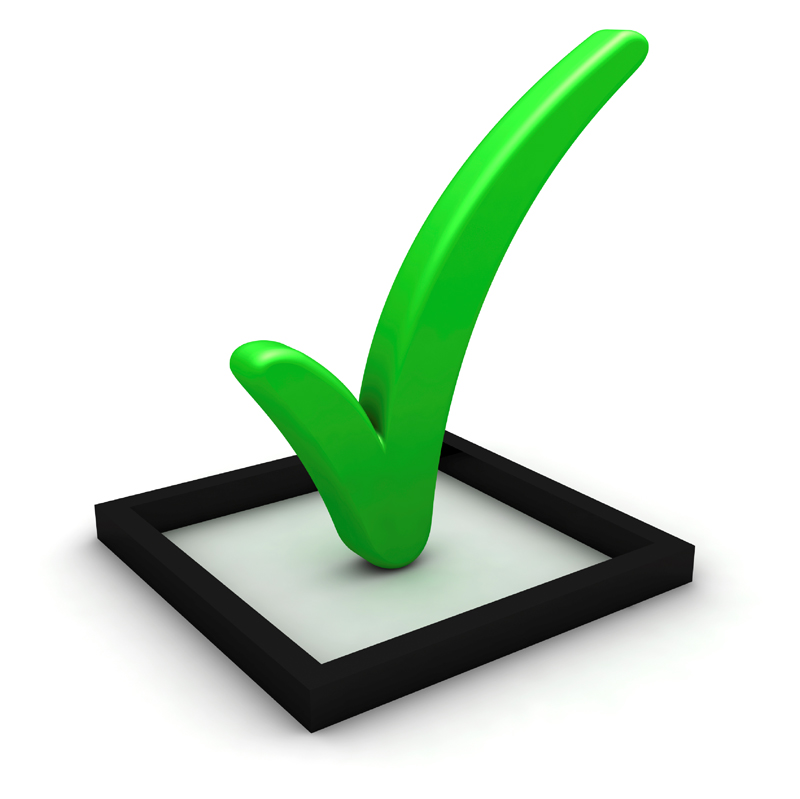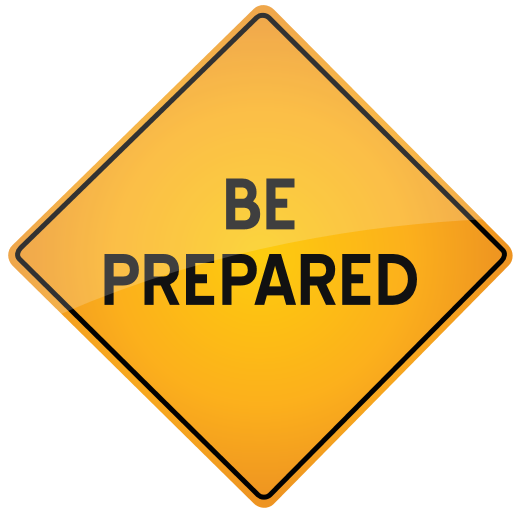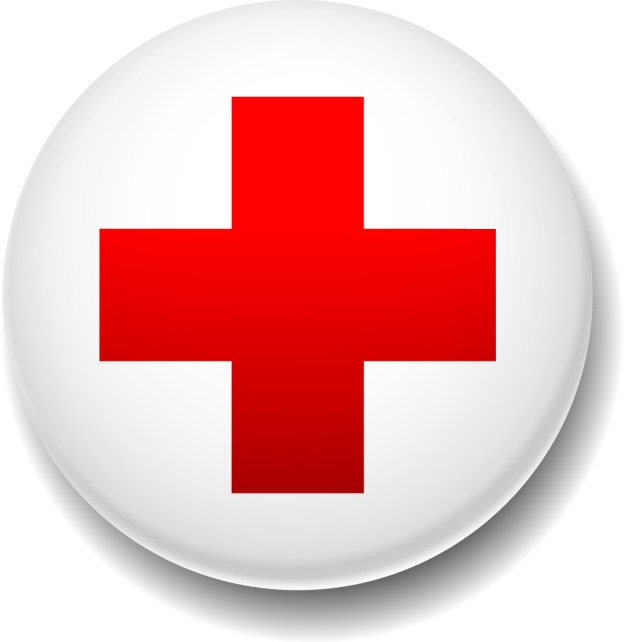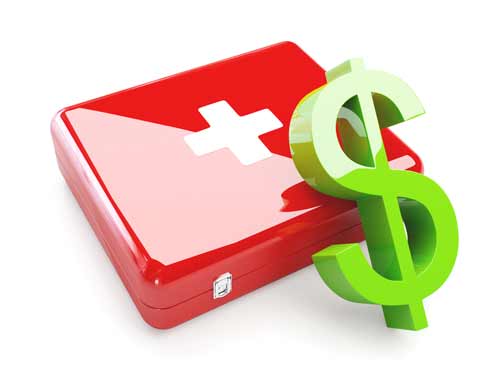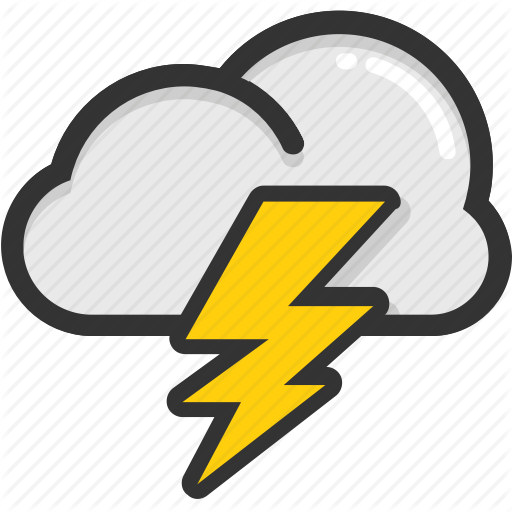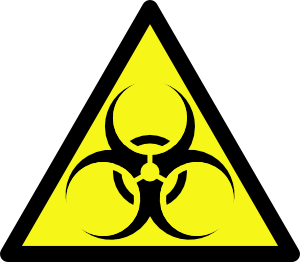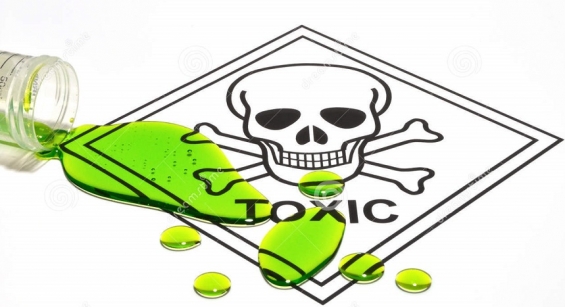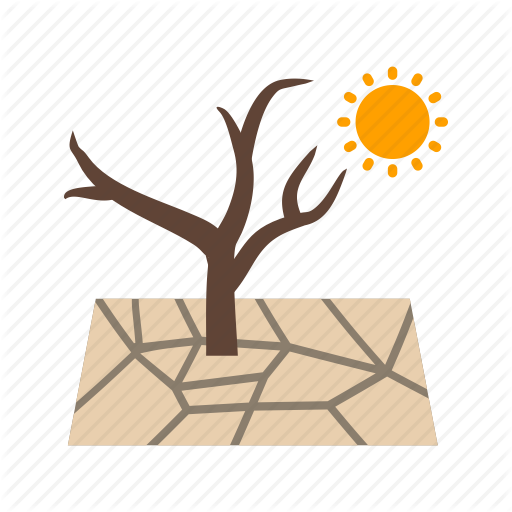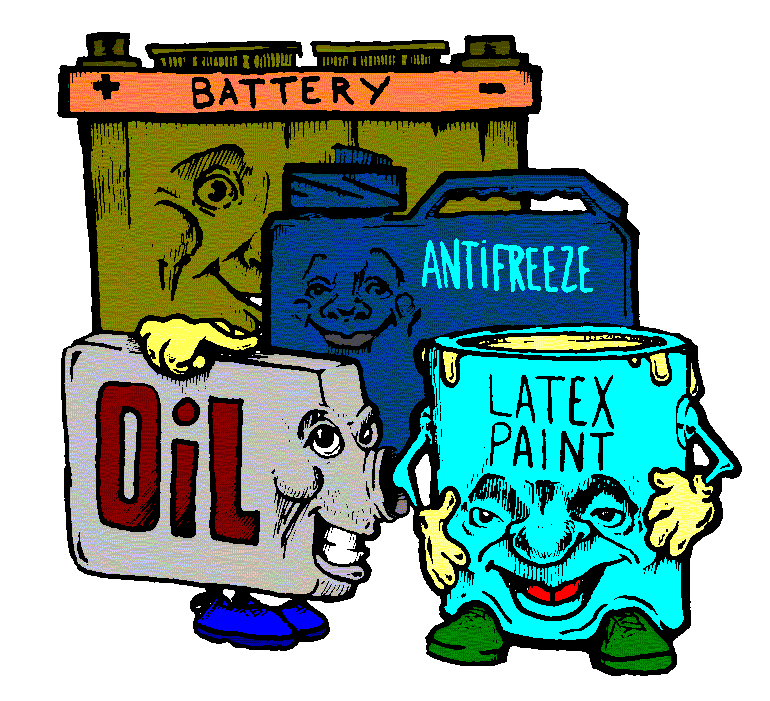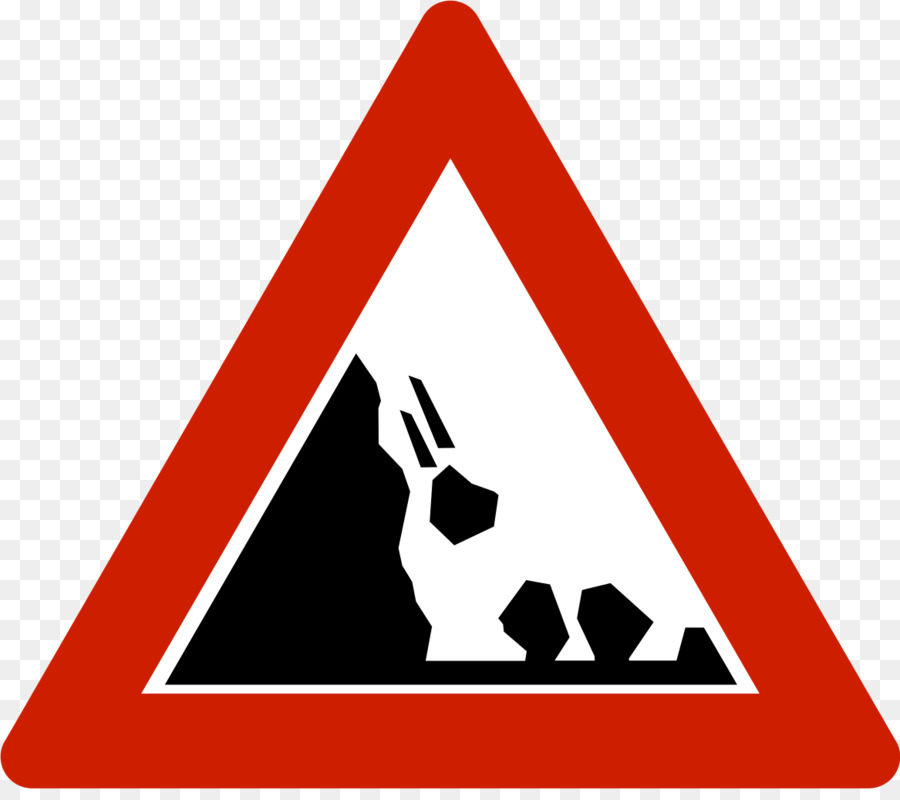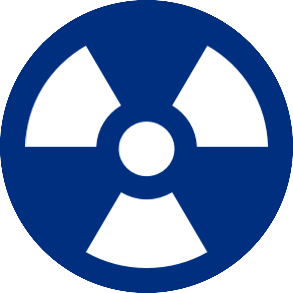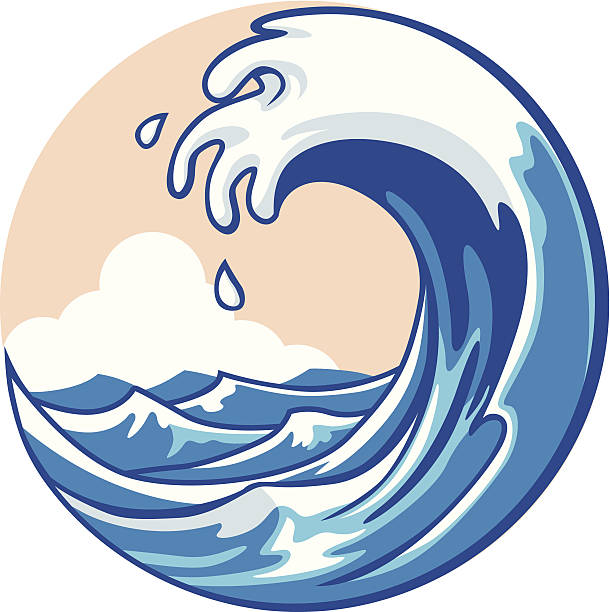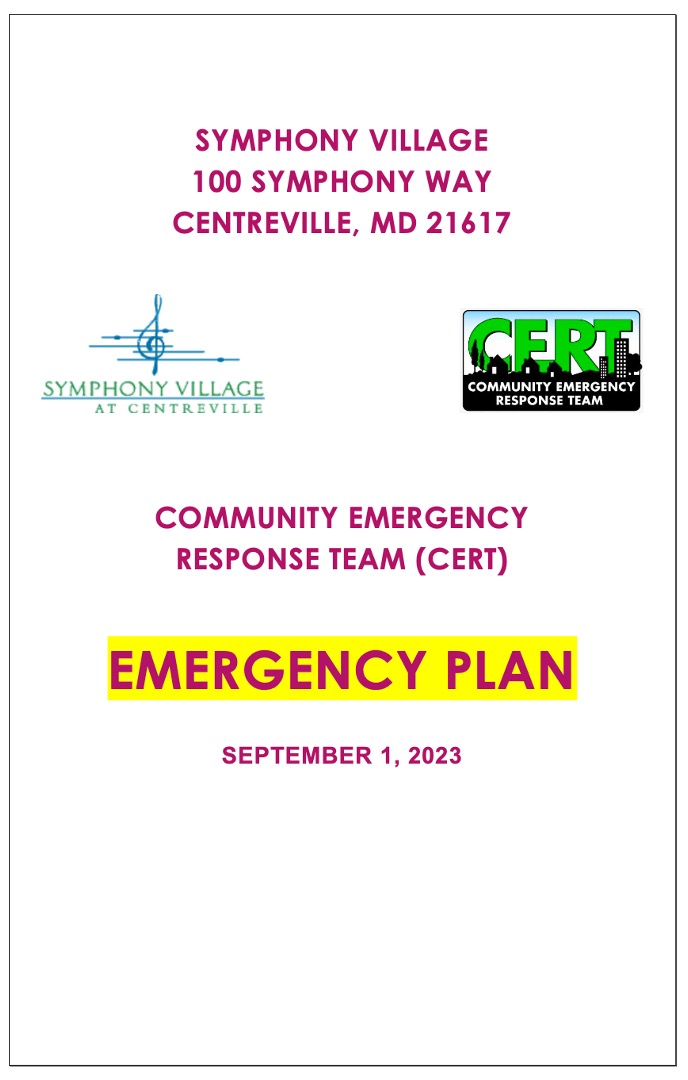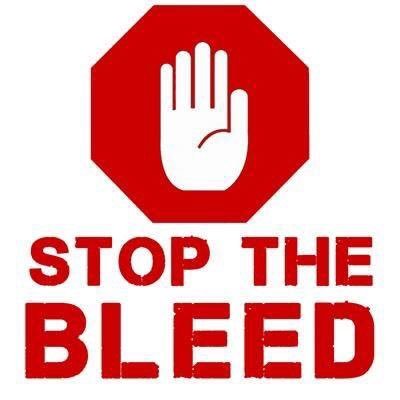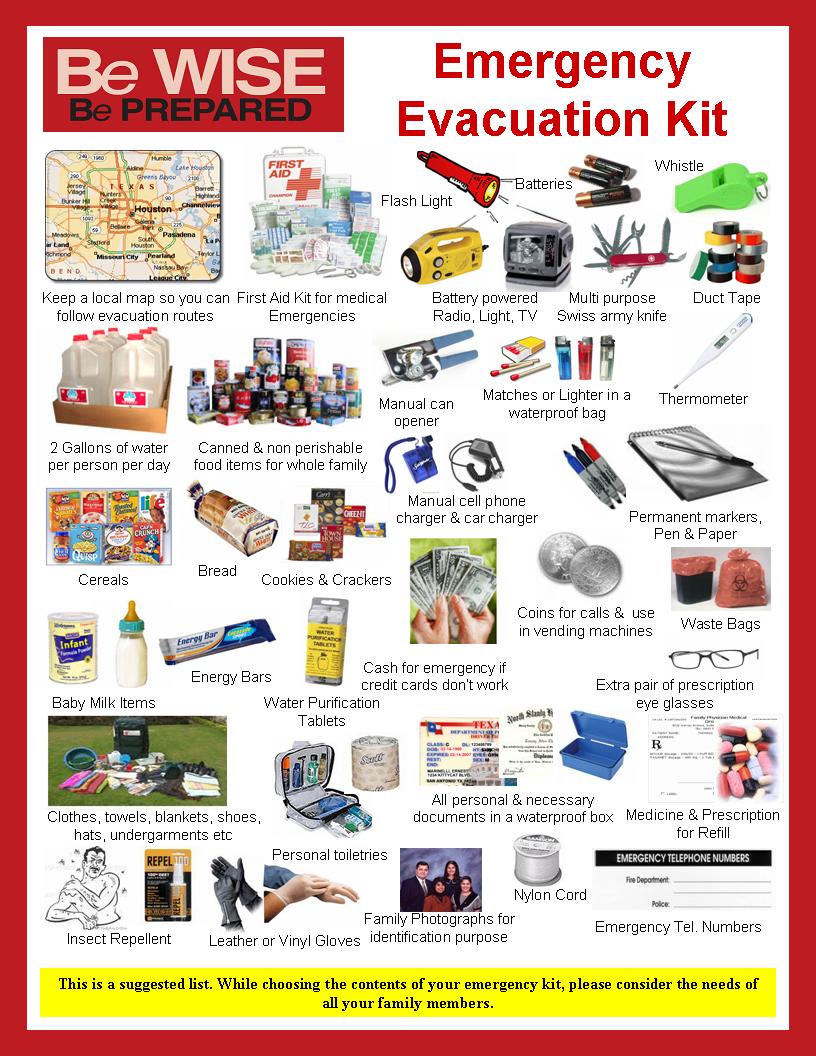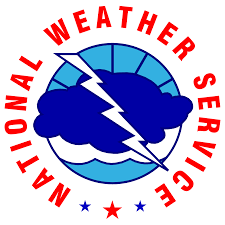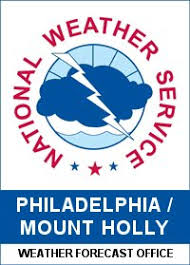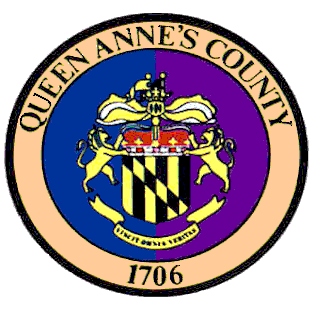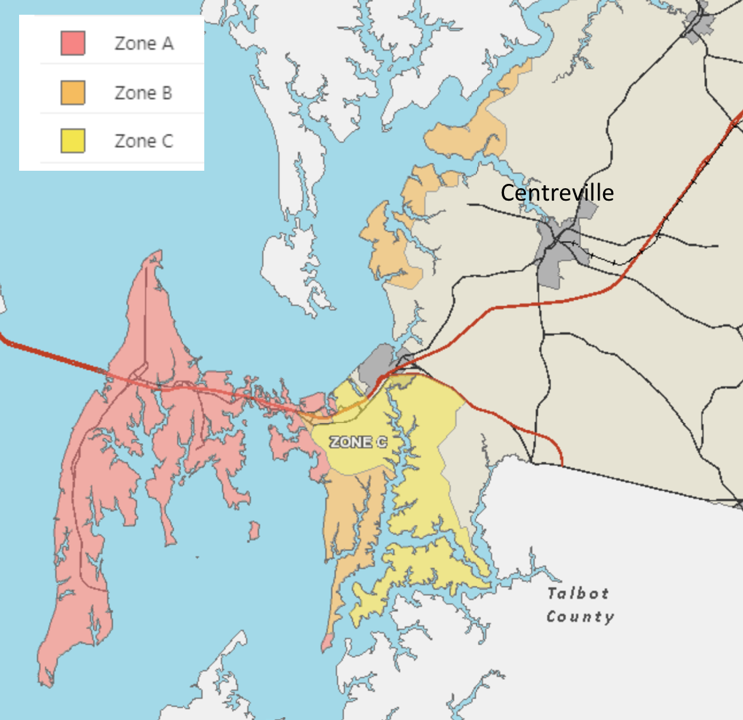Planning References
Emergency Preparedness
Family Preparedness
Emergency Preparedness Checklist
The next time disaster strikes, you may not have much time to act. Prepare now for a sudden emergency. Learn how to protect yourself and cope with disaster by planning ahead.
Make a Plan Today
Your family may not be together if a disaster strikes, so it is important to know which types of disasters could affect your area. Know how you’ll contact one another and reconnect if separated. Establish a family meeting place that’s familiar and easy to find.
Family Emergency Plan
Make sure your family has a plan in case of an emergency. Before an emergency happens, sit down together and decide how you will get in contact with each other, where you will go and what you will do in an emergency.
Build an Emergency Kit
Make sure your emergency kit is stocked with the items on the included checklist. Most of the items are inexpensive and easy to find, and any one of them could save your life.
Emergency Financial First Aid
If a disaster or other emergency strikes your community, you may only have seconds or minutes to react. In those critical moments, your focus will be on your family’s safety. Once the threat of harm has passed, having your homeowners or renters insurance policy, bank account information, and other household records and contacts will be very important as you begin the recovery process.
Emergency Communications Plan
Creating your Family Emergency Communication Plan starts with one simple question: “What if?” “What if something happens and I’m not with my family?” “Will I be able to reach them?” “How will I know they are safe?” “How can I let them know I’m OK?” During a disaster, you will need to send and receive information from your family.
General Tips
- Always have emergency supplies on hand: assemble two emergency kits (one for your home and one for your vehicle) containing necessities such as extra blankets, flashlights, a radio, batteries, food, and water.
- Have a disaster plan formulated. This will ensure that you and your family know how to react no matter what the nature of the emergency.
- Become familiar with Emergency Management Services warning signals.
- In any emergency situation, be sure to check your home for gas leaks. If there is a gas leak, open the windows and, if safe, exit the building.
Hurricane
- Learn about evacuation routes and nearby shelters and be ready to drive 20 to 50 miles inland.
- Stay inside, away from windows. Unplug appliances and turn off electricity.
- If outside, seek shelter. Watch for downed power lines, falling trees, flying objects, and flooding. Never try to move downed electric lines.
Tornado
- Familiarize yourself with the distinct sounds tornadoes make.
- If you are in a car, try to get out of the car and into a building. Never, however, try to out-drive a tornado.
- If you are inside and you do not have an existing shelter, go to the lowest point in your home and seek refuge under the stairs, in the basement, or in a closet. Stay away from windows. The bathtub is a safe place too, as it is often directly anchored into the ground. It is also wise to use a mattress or thick blanket for cover.
Electrical or Thunderstorm
- If a storm is coming, do not wait for it to start before seeking shelter. In many cases, dangerous lightning often precedes rain.
- Lightning can travel through electric lines and water pipes, so avoid using phones, electronic devices, sinks, and bathtubs during a lightning storm.
- If you are caught outside during an electrical storm, try to seek shelter in a car. If that is not possible, avoid locating yourself near anything that may conduct electricity such as trees or flagpoles.
- Don't carry, touch or be near anything made of metal.
Snowstorm
- If you must go outside during a snowstorm, be sure to wear several layers of clothes and cover your mouth to protect your lungs.
- If you are stuck in your car during a winter storm, conserve fuel and only use the heater for about 10 minutes every hour. Lower the window slightly for some fresh air.
- If a blizzard traps you in your car, pull off the road, set hazard lights to flashing, and hang a distress flag from the radio antenna or window. Remain in your vehicle; rescuers are most likely to find you there.
- Do not set out on foot unless you see a building close by where you know you can take shelter.
Earthquake
- In the event of an earthquake, seek shelter under a desk, heavy table, or in a doorway. Never position yourself near heavy objets that could fall. Stay away from windows and glass objects.
- If you are driving, pull off to the side of the road and stop. Stay in your car until the shaking stops.
- Always be aware of the possibility of aftershocks — they can be just as deadly.
Flash Floods
- In the event of a flood, head for higher ground. If you are driving during a flood, never try to pass through affected areas; the road underneath the water may be compromised.
- Watch for flooding at bridges and dips in the road. Never drive where water is over bridges or roads.
- If your car is trapped, geet out. Look for an emergency flotation device.
Be Informed — Preparedness Areas
| Know what disasters and hazards could affect our area, how to get notifications and emergency alerts, and where you would go if you and your family need to evacuate. Check out the links below to learn what to do before, during and after each type of emergency. |
|
Ready.gov articles (click the icons) provide information on what to do before, during, and after a disaster as well as links to related content. FEMA Fact Sheets provide additional information for anyone who wants to learn more about each topic. |
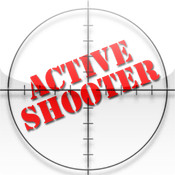
|
Active Shooter
|
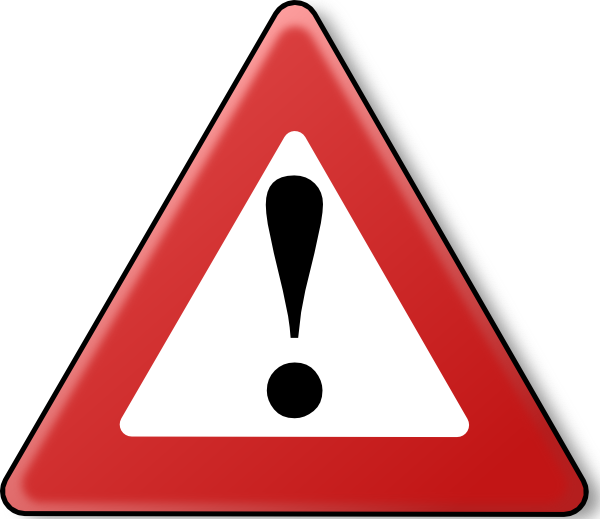
|
Alerts
|

|
Cyberattack
|
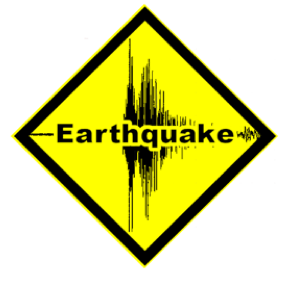
|
Earthquake
|
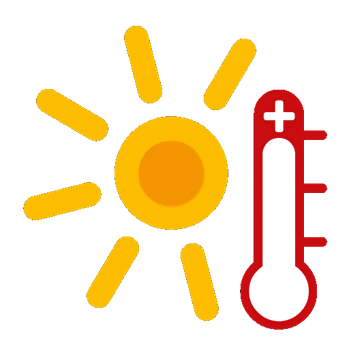
|
Extreme Heat
|

|
Flood
|
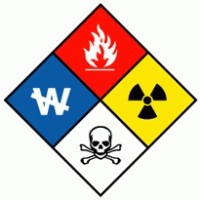
|
Hazardous Materials |
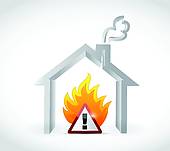
|
Home Fires
|

|
Hurricane
|
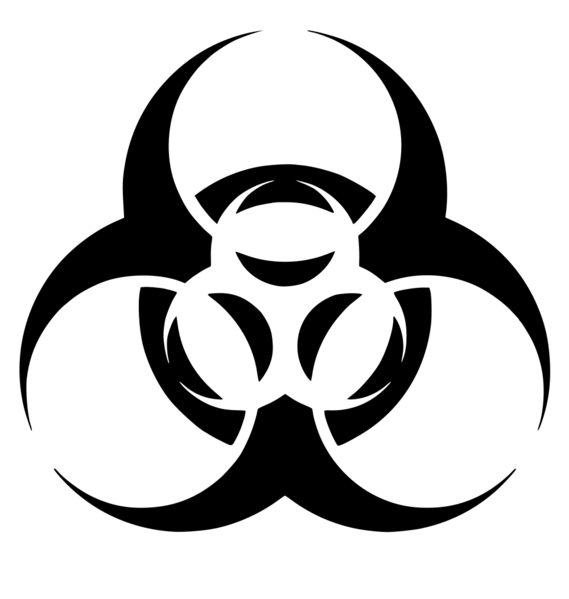
|
Pandemic
|
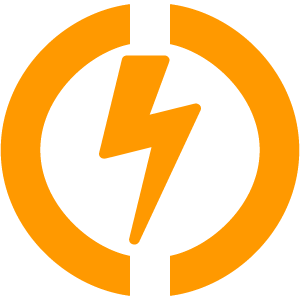
|
Power Outage
|
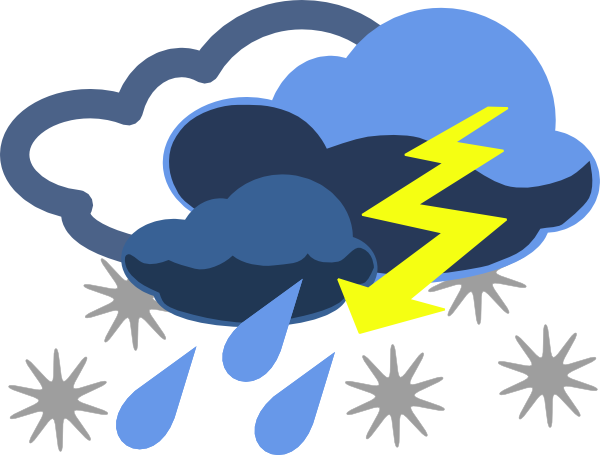
|
Severe Weather
|
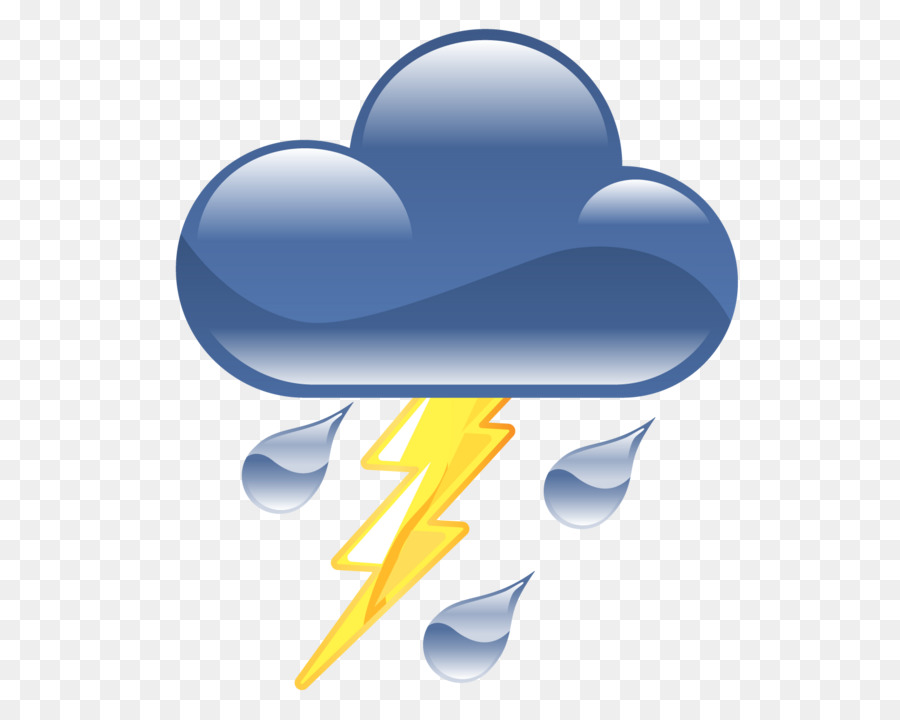
|
Thunderstorms
|
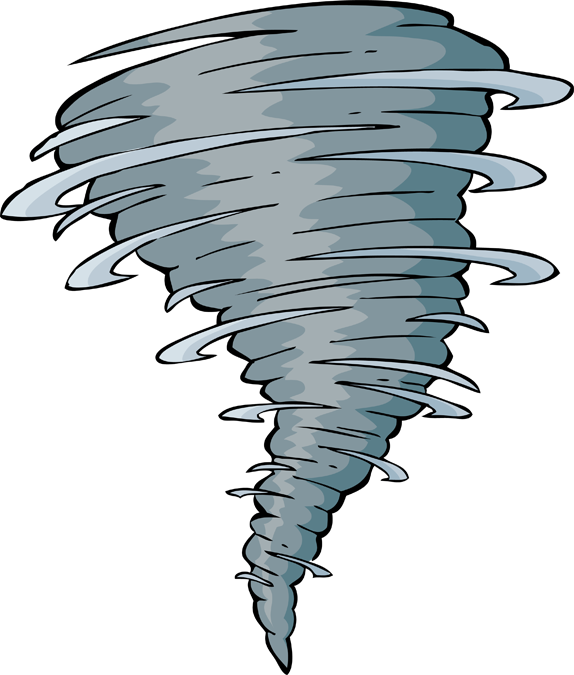
|
Tornadoes
|
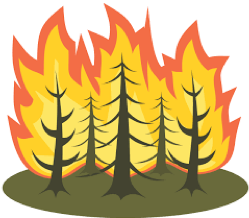
|
Wildfire
|
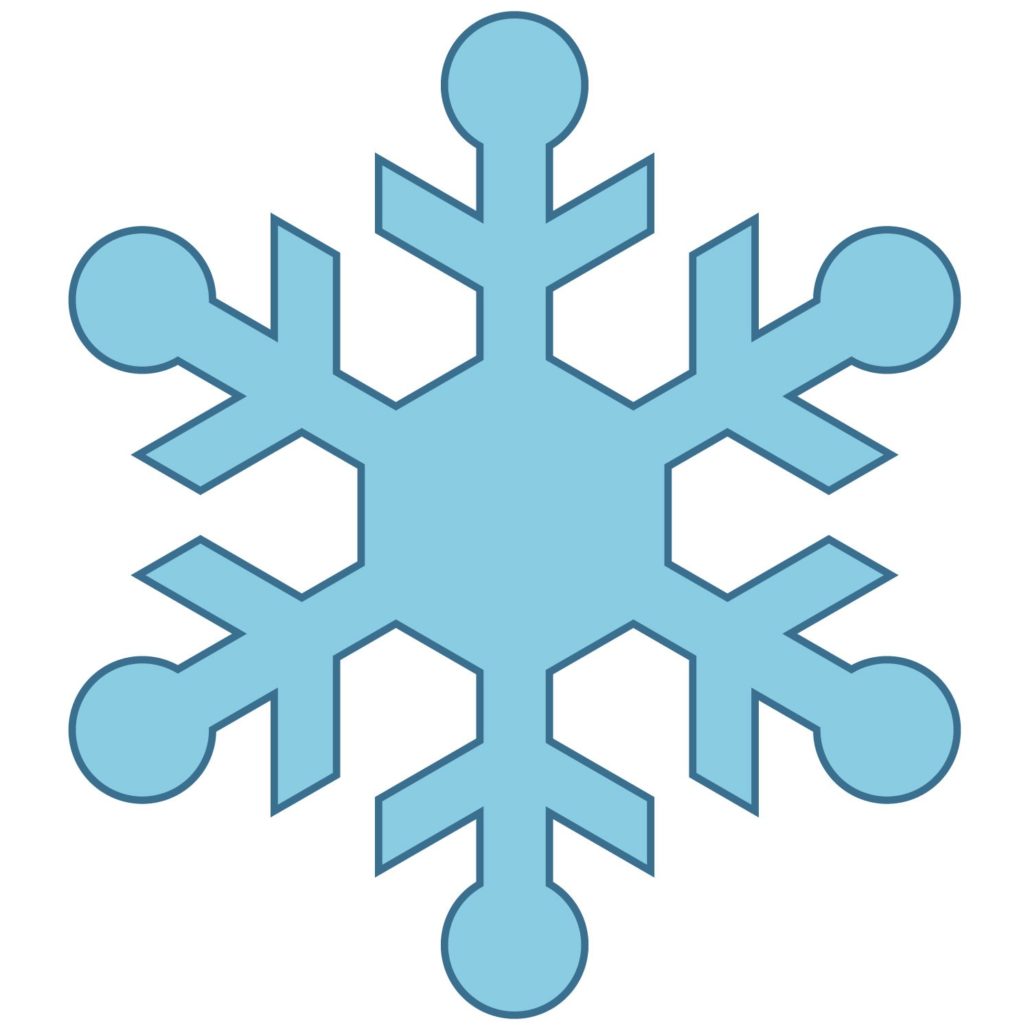
|
Winter Storm
|
Symphony Village Emergency Plan
The objectives of the Symphony Village Emergency Plan are to:
- Identify vulnerable elements of the community
- Identify hazards and possible mitigation measures
- Identify resources and key contacts in the community
- Increase the community’s ability to recover from a disaster
- Provide guidance on how to mobilize if activated
Emergency Plan Table of Contents
- Introduction
- References
- Objectives of the Plan
- Risk Analysis Results
- Emergency Notification
- Personal & Family Safety
- Home safety Checklist
- Emergency Supply Kit Contents
- Personal Actions During an Emergency
- CERT Actions in a Disaster
- Emergency Coordinator's Responsibilities
- SV CERT Responsibilities
- Emergency/Police/Fire
- Community Resources/Contacts
- SV Methods of Communication
- SV Deployment of CERT
- CERT Roles & Responsibilities
- Emergency Equipment in the Clubhouse
- CERT Deployment Equipment
- Disabled & Special Needs Plan
- Emergencies within SV
- Pet Care Plan
- CERT Training & Drills
- Emergency Action Checklist
- QAC Activation & Call Out
- Sample Communications Script
- Acronyms
Scroll & click to open that section
CERT Emergeny Manual Sections
| Part | Link | Description |
|---|---|---|
| 1. | SV CERT Emergency Plan | This is the major part of the plan with information on risks, personal safety, CERT actions in a disaster, reference data, etc. |
| 2. | Communications Tree | This is the telephone call-down tree used by CERT volunteers for deployment |
| 2A. | Resident Skills & Equipment | A reference list of residents with skills and/or equipment that may be useful in an emergency |
| 3A. | Map of SV | This map of SV shows the names and locations of CERT Volunteers |
| 3B. | Clubhouse Triage Plan | If need be, the clubhouse can be used for emergencies. This floorplan shows locations of fire extinguishers, telephones, and AEDs |
| 4. | Incident Command Forms | These are forms for the CERT Incident Commander to complete in an emergency |
| 5. | Medical Team Forms | These are forms for medical teams to complete in an emergency |
| 6. | External Communications Forms | These are forms for amateur radio operators to complete in an emergency |
| 7. | CERT Field Operations Guide | This guide is from the Homeland Security digital library and provides information for CERT volunteers |
Medical Information
Stop the Bleed — raising awareness of basic actions to stop life threatening bleeding following everyday emergencies
Consumer Reports. How bystanders can help when someone faints, bleeds, stops breathing, and more.
Medline Emergency Reference. This article describes the warning signs of a medical emergency and how to be prepared.
Emergency Evacuation Kit
Basic Disaster Supplies Kit
After an emergency, you may need to survive on your own for several days. Being prepared means having your own food, water and other supplies to last for at least 72 hours. A disaster supplies kit is a collection of basic items your household may need in the event of an emergency.
Overview
|
Food

- At least a 3-day supply of nonperishable food
- Select foods that require no refrigeration or preparation and little or no water
- Avoid salty foods
- Choose foods your family will eat:
Ready to eat canned meats and vegetables Nonperishable pasteurized milk Protein or fruit bars Crackers Dry cereal or granola Canned juices Peanut butter Nuts Dried fruits Vitamins Confort foods - Pack a manual can opener and eating utensils
Water

- 1 gallon per person per day for at least 3 days
- Store water tightly in clean plastic containers such as soft drink bottles
- Household chlorine bleach and medicine dropper. In an emergency, you can treat water by using 16 drops of liquid bleach per one gallon of water to disinfect it. *
Health Items
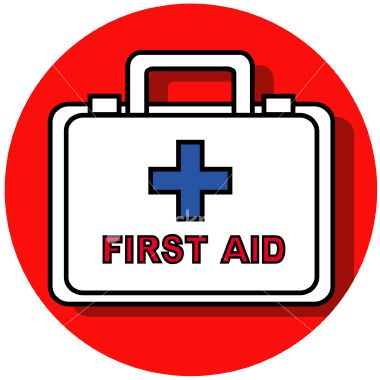
- First aid kit
- Moist towelettes, garbage bags, and plastic ties for personal sanitation
- Dust mask, plastic sheeting, and duct tape
- Prescription medication and glasses
- First aid book *
- Personal hygiene items and feminine supplies *
Tools

- Battery powered or hand crank radio with extra batteries
- Flashlight and/or battery-powered lantern and extra batteries
- Whistle to signal for help
- Wrench or pliers to turn off utilities
- Cell phone with charger
- Fire Extinguisher *
- Matches in a waterproof container *
Supplies

- Sleeping bag or warm blanket for each person *
- Complete change of clothing and shoes *
- Mess kits, paper cups, plates, plastic utensils, and paper towels *
- Pen and pencil, books, games and activities to do to pass time *
Documents
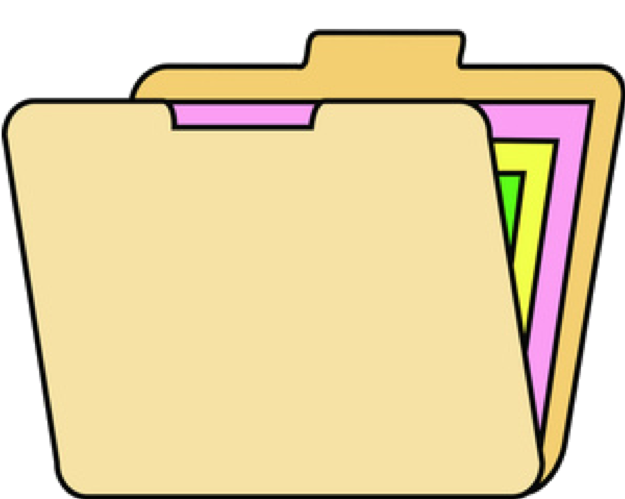
- Local maps
- Important family documents such as insurance policies, I.D., bank account in waterproof container *
- Cash or traveler’s checks *
Custom Items
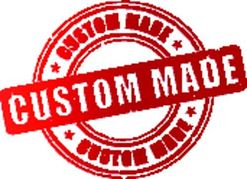
- Infant formula and diapers (if grandchildren visit frequently) *
- Pet food and extra water for your pet(s) *
* Optional items in the previous lists

